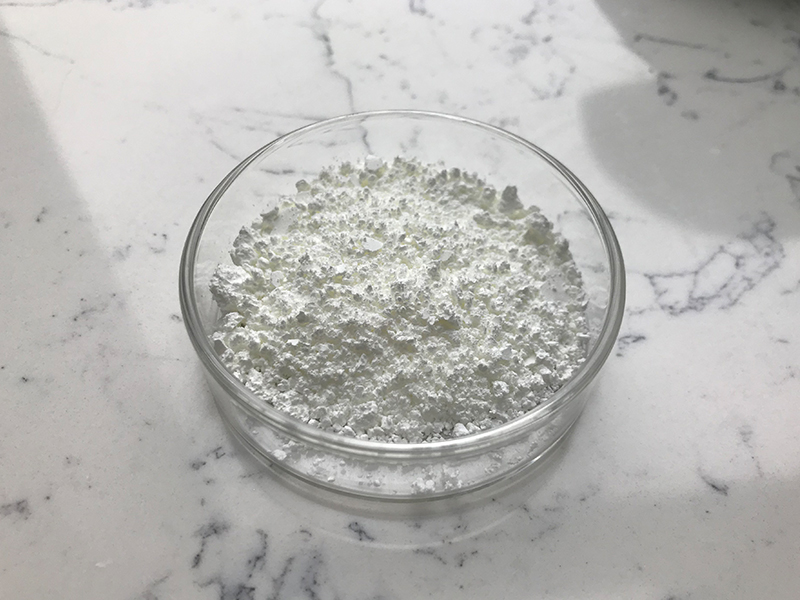Glycyrrhetinic acid (GA) is a pentacyclic triterpenoid aglycone derived from the hydrolysis of glycyrrhizin, a saponin glycoside found in the root of the licorice plant (Glycyrrhiza glabra). This bioactive compound has garnered significant attention due to its wide range of pharmacological properties, including anti-inflammatory, antiviral, hepatoprotective, and anticancer effects.
Chemical Structure and Properties
Chemical Formula: C30H46O4
Molecular Weight: 470.7 g/mol
Structure: Glycyrrhetinic acid consists of a cycloartane-type triterpenoid structure with a carboxyl group at the C-30 position and a hydroxyl group at the C-3 position.
Pharmacological Properties
1.Anti-inflammatory Effects:
Glycyrrhetinic acid inhibits the activity of 11β-hydroxysteroid dehydrogenase type 2 (11β-HSD2), an enzyme that inactivates cortisol. This inhibition results in increased local levels of cortisol, enhancing its anti-inflammatory effects.
Glycyrrhetinic acid also modulates nuclear factor-kappa B (NF-κB) and mitogen-activated protein kinase (MAPK) signaling pathways, reducing the production of pro-inflammatory cytokines.

2.Antiviral Activity:
Glycyrrhetinic acid exhibits antiviral effects against various viruses, including hepatitis B and C, herpes simplex virus, and human immunodeficiency virus. The mechanism involves inhibition of viral replication and modulation of the host immune response.
3.Hepatoprotective Effects:
Glycyrrhetinic acid has been shown to protect the liver from damage induced by toxins, alcohol, and viral infections. It reduces hepatic inflammation and fibrosis by downregulating pro-inflammatory cytokines and oxidative stress markers.
4.Anticancer Properties:
Glycyrrhetinic acid induces apoptosis and inhibits proliferation in various cancer cell lines, including prostate, breast, and liver cancer. It modulates several signaling pathways involved in cell cycle regulation and apoptosis, such as PI3K/Akt and MAPK pathways.
5.Other Effects:
Antimicrobial: Glycyrrhetinic acid has shown activity against certain bacteria and fungi.
Cardioprotective: It offers protection against myocardial ischemia-reperfusion injury.
Clinical Applications
1.Dermatology:
Glycyrrhetinic acid is used in topical formulations for treating skin conditions such as eczema, psoriasis, and acne due to its anti-inflammatory and antimicrobial properties.
2.Gastroenterology:
It is used in the treatment of gastric ulcers and chronic hepatitis due to its gastroprotective and hepatoprotective effects.
3.Endocrinology:
Due to its influence on cortisol metabolism, Glycyrrhetinic acid has been explored for potential use in disorders related to cortisol imbalance.

Safety and Toxicity
1.Adverse Effects:
Prolonged use of Glycyrrhetinic acid can lead to pseudoaldosteronism, characterized by sodium retention, hypertension, hypokalemia, and suppression of the renin-angiotensin-aldosterone system. This is due to Glycyrrhetinic acid’s inhibition of 11β-HSD2, leading to increased cortisol activity.
Other potential side effects include allergic reactions and gastrointestinal disturbances.
2.Contraindications:
Glycyrrhetinic acid should be used cautiously in patients with cardiovascular diseases, renal impairment, and those on potassium-depleting diuretics or corticosteroids.
Conclusion
Glycyrrhetinic acid is a potent bioactive compound with a broad spectrum of pharmacological activities. Its diverse therapeutic potential makes it a valuable candidate for drug development. However, careful consideration of its safety profile is essential to mitigate adverse effects associated with its long-term use. Future research should focus on optimizing its therapeutic efficacy while minimizing toxicity through targeted delivery systems and structural modifications.
